The world of whiskey glasses can be quite confusing, with terms like "tasting glass," "snifter," and "tumbler" thrown around. This article aims to clear up the confusion by providing a comprehensive overview of the five main types of whiskey glasses:
Summary of Tasting Glasses vs. Non-Tasting Glasses for Whisky Tasting
The illustration below provides a quick overview of the topic.
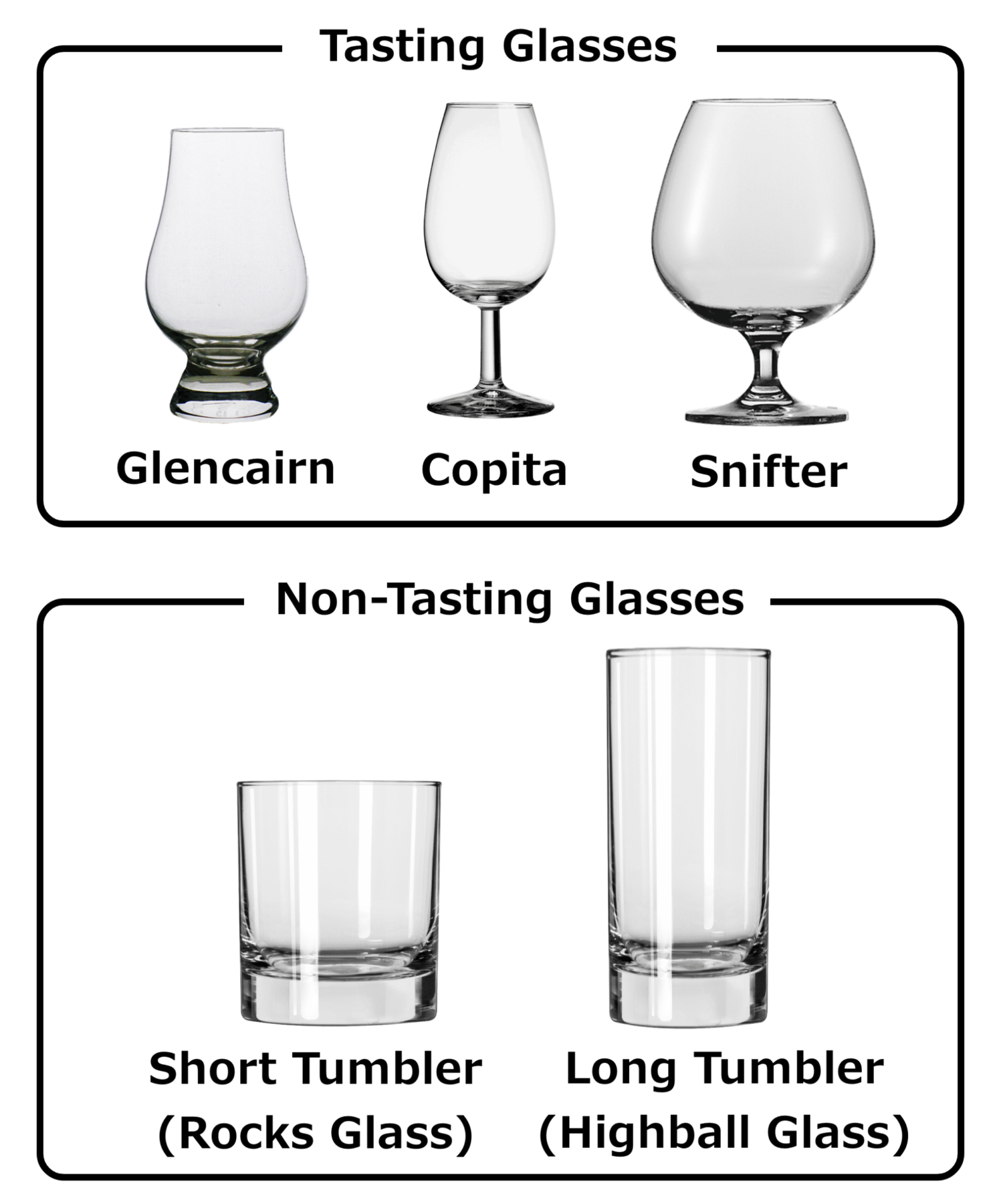
Tasting Glasses (Also Known as Nosing Glasses)
-
Glencairn: This elegant and classic tulip-shaped glass is considered the standard for whiskey tasting. Its unique shape concentrates the aroma at the rim, enhancing the overall tasting experience.
-
Copita: Similar to the Glencairn, the copita glass features a tulip-shaped bowl with a slightly narrower rim. This design allows for a more focused and subtle aroma, making it ideal for high-proof whiskeys or those with delicate aromas.
-
Snifter: Traditionally used for brandy, the snifter's large bowl and wide bottom help to capture and amplify aromas. However, its large size can also make it difficult to detect subtle nuances, especially in lower-proof whiskeys.
Non-Tasting Glasses
-
Tumbler (Rocks Glass): This short, wide-rimmed glass is commonly used for serving whiskey on the rocks or with cocktails. Its shape is not designed for aroma enhancement, but it provides a comfortable drinking experience.
-
Long Tumbler (Highball Glass): A tall, cylindrical glass primarily used for highball cocktails, which involve mixing whiskey with carbonated water or other mixers. The glass's shape does not significantly impact aroma, but it allows for easy mixing and dilution.
Why Whiskey Tasting Glasses Are Essential
Tasting glasses and nosing glasses are umbrella terms for glasses used to taste (assess the flavor) and nose (smell the aroma) whiskey. Within this category, there are specific glass shapes like the Glencairn, copita, and snifter. So, it's perfectly acceptable to refer to a copita glass, which has a particular shape, as a "tasting glass" within the broader category.
The term "Glencairn" is included among tasting glasses, even though it's a specific product name. This is because the Glencairn glass has become the standard for whiskey tasting.
To accurately assess whiskey's aroma, which is crucial for tasting, a tasting glass is essential. It's said that 90% of whiskey's flavor is determined by its aroma (note: according to Macallan's official stance), so the glass's shape is highly important. Compared to regular cups or rocks glasses, tasting glasses present whiskey's aroma in a completely different way. Among them, the Glencairn and high-quality copita glasses are particularly effective in enhancing whiskey's aromas.
Recommended Glasses for Whiskey Tasting:
-
Glencairn glass
-
Copita glass
Owning either one or both of these glasses is recommended. If you don't have any tasting glasses yet, start with the Glencairn to establish a baseline. Then, you can explore acquiring your favorite copita glasses or trying out snifters.
On the other hand, tumbler (rocks) glasses and highball glasses are not suitable for tasting. They are intended for enjoying whiskey in different ways, such as chilled with ice, diluted with soda water, or mixed in cocktails.
Essential Tips for Whiskey Tasting
-
Embrace Straight Tasting: The most fundamental method for whiskey tasting is to savor it neat, without any dilution. This allows you to experience the whiskey's true essence and appreciate its intricate flavors.
-
Moderate Water Addition: If you prefer a slightly altered experience, consider adding a small amount of water to your whiskey. This can help open up the flavors and make the whiskey more approachable. However, avoid adding too much water, as this can significantly dilute the whiskey and mask its delicate nuances.
-
Avoid Twofold Dilution: The "Twice Up" method, which involves adding an equal amount of water to the whiskey, is generally not recommended for tasting purposes. This excessive dilution can overwhelm the whiskey's natural flavors and diminish the overall tasting experience.
-
Maintain Proper Grip: When holding your whiskey glass, grasp it by the stem or base rather than the bowl. This prevents your hands from transferring heat to the whiskey, which can alter its temperature and affect its flavor profile.
-
Gentle Swirling: Enhance your tasting experience by gently swirling the whiskey within the glass. This simple motion releases the whiskey's aromas, allowing them to rise and fill your senses.
-
Savory Sips: Take small, controlled sips of the whiskey, allowing it to coat your palate and linger on your taste buds. This mindful approach enables you to fully appreciate the whiskey's complexity and subtle nuances.
-
Explore Glass Varieties: Experiment with different types of whiskey glasses to discover which one best suits your preferences and the particular whiskey you're enjoying. Each glass shape can subtly influence the aroma and flavor presentation of the whiskey.
-
Personalize Your Experience: Ultimately, the key to a rewarding whiskey tasting experience lies in personalization. Find the methods and combinations that best suit your palate and enhance your enjoyment of this versatile spirit.
In-Depth Explanation of Each Whiskey Tasting Glass
The world of whiskey tasting is enriched by the use of specialized glasses, each designed to enhance the aroma and flavor profile of this beloved spirit. Among the diverse array of options, three glasses stand out as particularly popular and effective: the Glencairn, the Copita, and the Snifter.
1. Glencairn: The All-Rounder
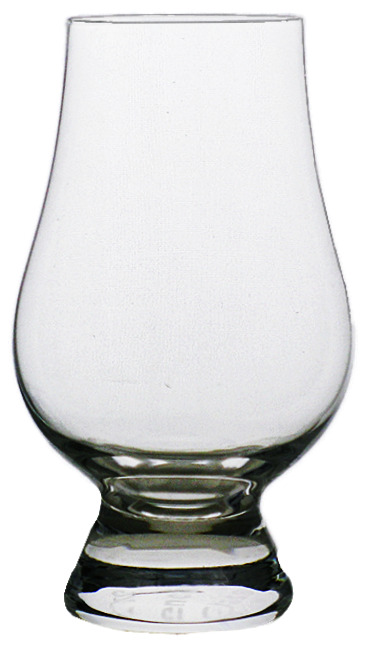
The Glencairn, with its elegant tulip shape and tapered rim, has become a benchmark for whiskey tasting. Its design effectively captures and concentrates aromas, allowing tasters to fully appreciate the whiskey's intricate olfactory profile. The wide base facilitates swirling, releasing the aromas, while the tapered rim directs them towards the nose.
Key Features:
- Versatile for various whiskey styles
- Enhanced aroma concentration
- Balanced aroma and flavor presentation
Considerations:
- Some tasters find the aroma concentration can make high-proof whiskies feel overly alcoholic.
2. Copita: The Delicate Approach
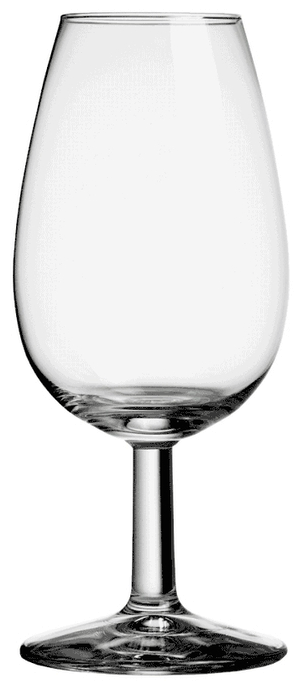
Reminiscent of a small wine glass, the Copita features a tulip-shaped bowl and a stem. The stem allows for hands-free holding, minimizing heat transfer to the whiskey. Its shape promotes aroma concentration while maintaining a balance that prevents alcohol from overpowering the delicate nuances.
Key Features:
- Suitable for all whiskey styles
- Moderate aroma concentration, ideal for high-proof whiskies
- Hands-free holding prevents heat transfer
Considerations:
- Aroma concentration is slightly less intense compared to the Glencairn.
3. Snifter: Exploring Warmth and Nuance
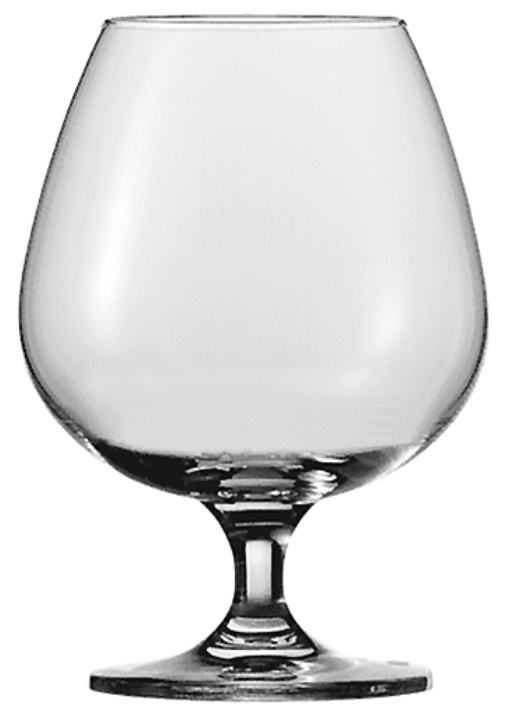
Traditionally used for brandy, the Snifter's large bowl and wide bottom can be effective for certain whiskey tastings. Its shape allows for easy warming in the hands, potentially influencing the flavor profile.
Key Features:
- Can enhance aroma and flavor for lower-proof whiskies
- Hands-on warming can reveal subtle nuances
Considerations:
- The large size and wide bottom can make aroma concentration challenging.
- High-proof whiskies may become overly alcoholic in the Snifter.
Other Whiskey Tasting (Nosing) Glasses
In addition to the Glencairn, Copita, and Snifter glasses, there are various other options available for whiskey tasting. Here are a few examples:
- Norlan Whisky Glass
- Neat Glass
- Perfect Measure Whisky Glass
- 1920s Blender’s Glass
etc.
It's important to note that these are just a few examples, and there are many other unique whiskey tasting glasses available. Ultimately, the best glass for you will depend on your personal preferences and the specific whiskey you're tasting.
Short Tumbler (Rocks Glass) and Long Tumbler (Highball Glass)
Short tumblers (rocks glasses) and long tumblers (highball glasses) are not considered tasting glasses. They are typically used for serving and enjoying whiskey in a more casual setting.
Short Tumbler (Rocks Glass)
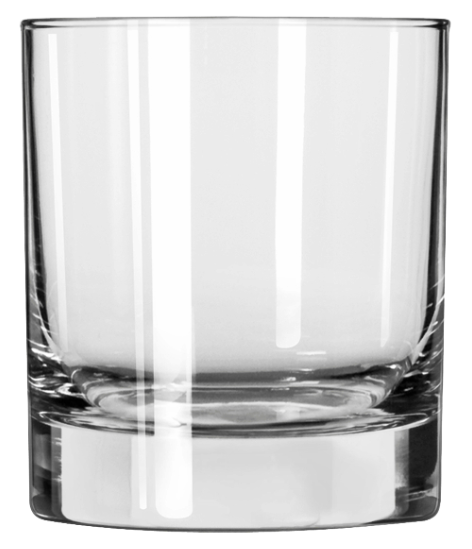
Tumblers are also known by names like "old fashioned" and "lowball" and are considered one of the most common types of whiskey glasses. They are suitable for serving whiskey neat (straight), on the rocks (with ice), or in cocktails. Their primary use is for serving whiskey on the rocks. However, for neat whiskey, the tumbler's open cylindrical shape is not designed to retain aromas, making it less ideal for tasting. Some tumblers, like those designed for Ardbeg or Highland Park, have a slightly tapered shape that can help with aroma retention. These tumblers can be a good all-around choice for both enjoying and tasting whiskey.
Key Features of Short Tumblers (Rocks Glasses):
- Suitable for neat, rocks, and cocktails
- Not the best for whiskey tasting
Long Tumbler (Highball Glass)
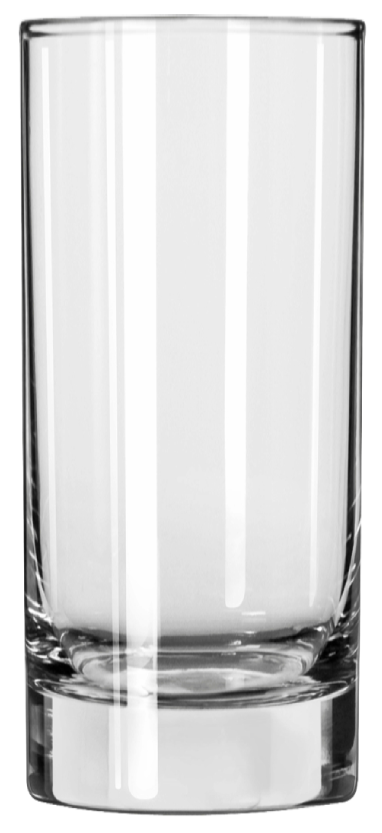
Highball glasses are taller versions of tumblers. They are typically wider and sturdier than the slender Collins glass, which is also used for cocktails. Highball glasses can have a straight cylindrical shape or a slightly flared top.
Primary Uses:
- Highballs
- Cocktails
Highball glasses are not typically used for whiskey tasting, but they can be a good way to enjoy whiskey with a splash of soda or other mixers. The carbonation can help to enhance certain flavors and create interesting flavor profiles. Some whiskeys that may not be particularly enjoyable neat or on the rocks can taste surprisingly good when served as a highball.
Key Features of Highball Glasses:
- Suitable for highballs and cocktails
- Allows for flavor changes due to carbonation
Conclusion: Exploring the Five Types of Whiskey Glasses
In this article, we have explored and explained five different types of whiskey glasses. While a wide variety of whiskey-specific glasses are now available, understanding these five basic types will help you navigate the terminology and make informed choices.
Enjoy experimenting with different glasses to discover your preferences and enhance your whiskey-drinking experience.